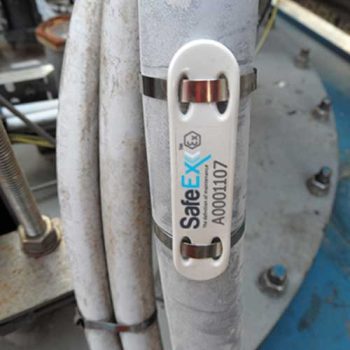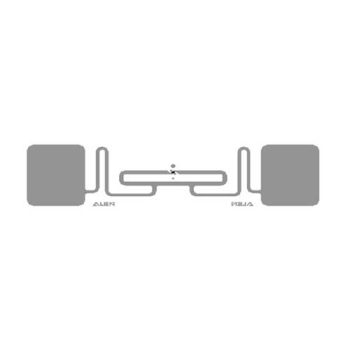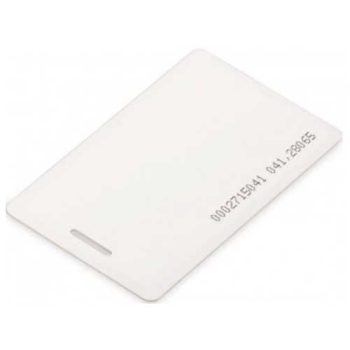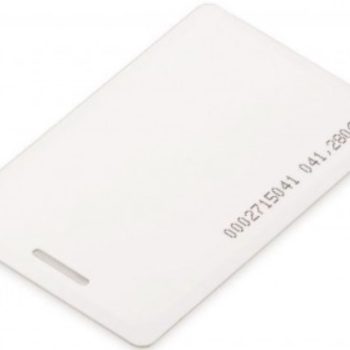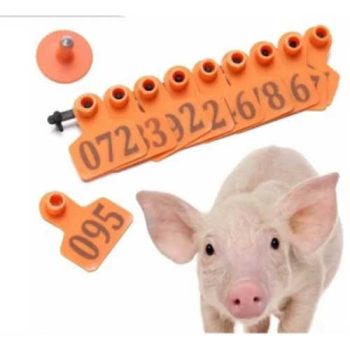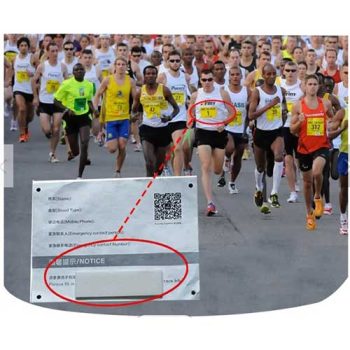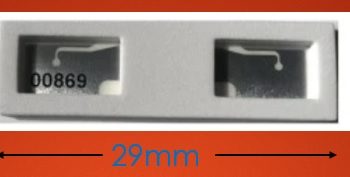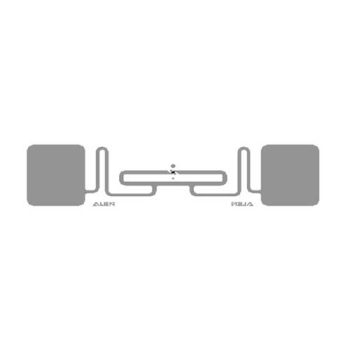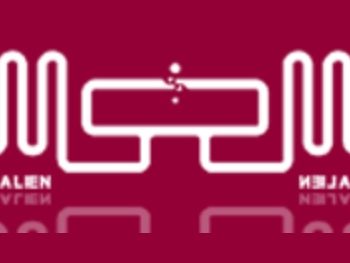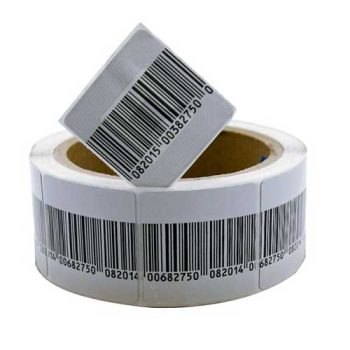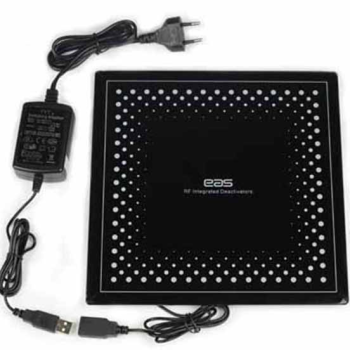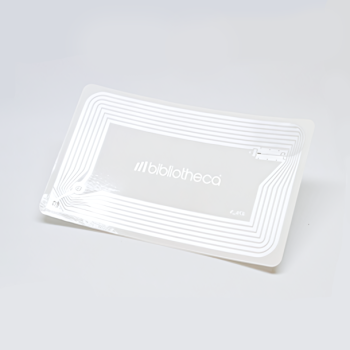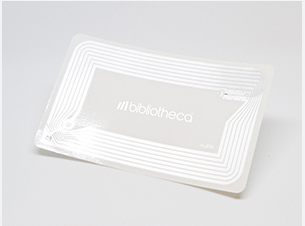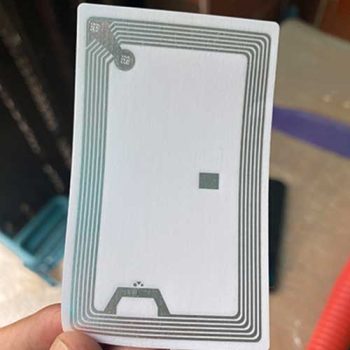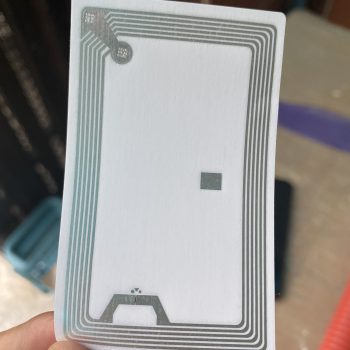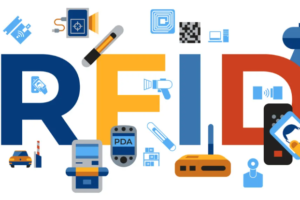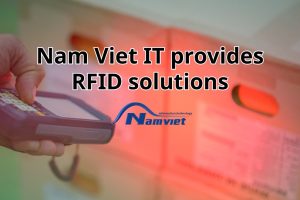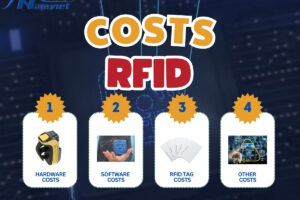Currently, the livestock industry is facing numerous challenges in management, tracking, disease control, and enhancing production efficiency. Therefore, the application of new technologies in livestock farming is now an urgent requirement. Among these, RFID is considered a breakthrough solution capable of comprehensively and effectively managing livestock farms, increasing productivity, and ensuring meat meets quality standards. The detailed information in this article will help you better understand RFID technology in livestock farming, as well as the benefits that this system brings to users.
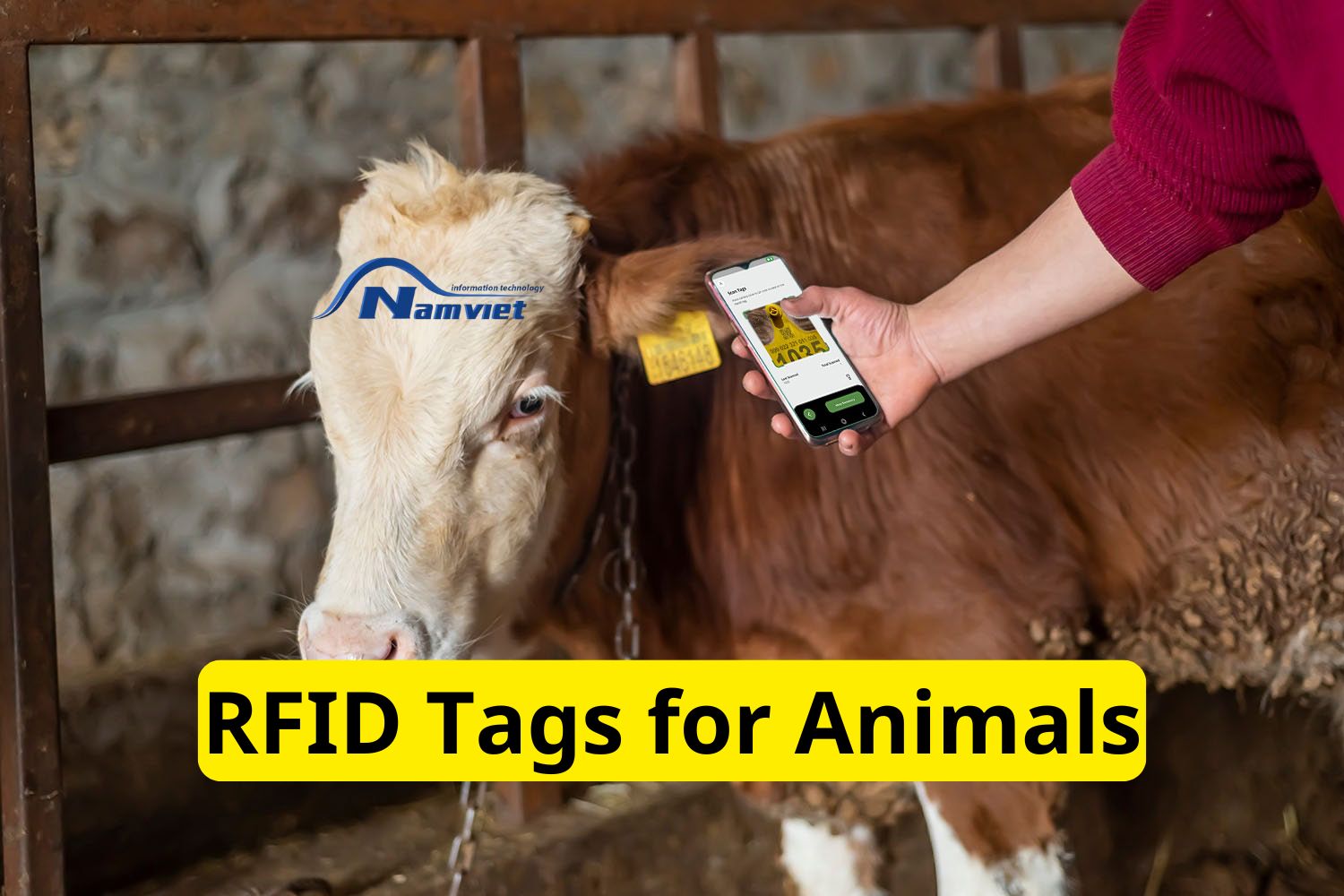
RFID Livestock System Components
RFID is a system that uses radio waves to transmit information from RFID tags to RFID reader devices. RFID tags are attached to individual livestock animals, such as cattle, poultry, etc. These tags contain comprehensive information about the individual livestock animal, including individual identification numbers, health information, breeding history, and other management data.
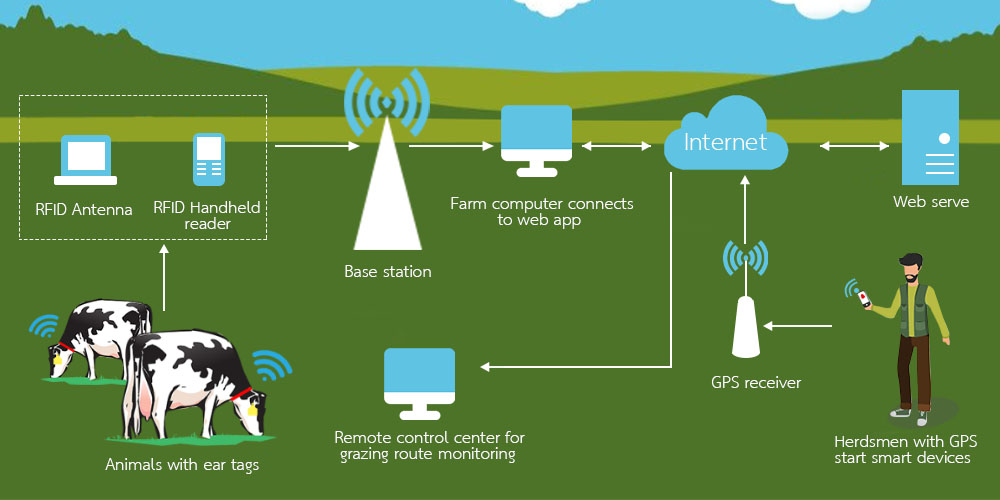
A livestock RFID system consists of the following basic components:
Livestock RFID Tags
RFID tags are the most crucial component in an RFID system. RFID tags in livestock farming are small devices attached to the ears or necks of animals such as sheep, goats, pigs, cows, etc. The tag contains an RFID chip and an antenna for wireless communication via RFID technology. The RFID chip stores information about the individual livestock animal, including date of birth, medical information, vaccination history, individual identification number, etc.
RFID tags can be read and written to from a distance using an RFID scanner device. By scanning the tags, information about the livestock animals is collected, recorded, and managed quickly and efficiently.
UHF RFID animal tags are a technology in which a passive UHF inlay (passive UHF Inlay) is embedded within a standard animal tag (invisibly), manufactured at temperatures up to 220°C, and using the latest microchip technology from Impinj – the Monza4D Chip.
The structure of an RFID tag in livestock farming includes:
- RFID Chip: The RFID chip contains personal information about the animal, such as individual identification numbers, medical information, vaccination records, breeding history, and other management data.
- RFID Ear Tag: This is the portion attached to the animal’s ear, securing the RFID tag. RFID ear tag types are designed to ensure comfort and safety for the animals.
- Antenna: The RFID tag has an integrated antenna that allows for the transmission and reception of RFID signals.
RFID Reader
An RFID reader is a device capable of generating electromagnetic waves to activate and read information from RFID tags. The RFID scanner performs the function of collecting data from RFID tags and transmitting it to the livestock management system. Depending on specific usage needs, farms can flexibly use fixed RFID readers or handheld RFID scanner devices.
RFID Livestock Management Software System
The livestock management system is where information and data from RFID tags are stored and processed. This system is software that runs on a computer or can be an online cloud-based system. The RFID system collects, stores, and analyzes data about health, nutrition, and animal location tracking, among other things, to help users manage livestock herds easily and effectively. The collected information serves as a foundation to help managers develop livestock herd development plans, increase productivity, and significantly boost profits.
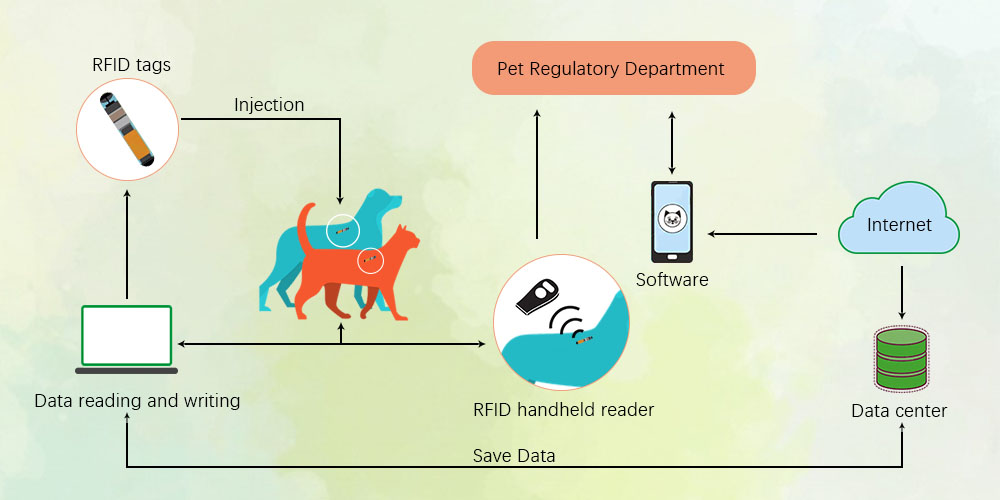
Wireless Communication Network
“A wireless communication network is an essential element in an RFID solution model for livestock farming. Information from RFID tags needs to be transmitted from RFID readers to the livestock management system quickly and stably. Wireless communication networks such as Wi-Fi, Bluetooth, or cellular networks are used to transmit RFID data.
Operating Principle of the RFID System in Livestock Management
RFID in livestock farming operates based on radio wave identification technology, where information is transmitted wirelessly between RFID tags and RFID reader devices. Specifically:
- The RFID tag contains an RFID chip and an antenna. When activated by a signal from the RFID reader, the ear tag emits a radio signal.
- The RFID reader emits a radio signal and receives signals from RFID tags via their antennas, which contain information related to individual livestock animals.
- The RFID reader receives the signals and transmits the information to the information management system. Through software, the data from the animal RFID tags are processed and stored, maximally supporting the monitoring and management of livestock animals.
Applications of RFID in Livestock Tracking and Management
Currently, RFID solutions have been and are being widely used by farm owners in livestock management and tracking. Below are the most common applications:
RFID in the Management and Tracking of Individual Livestock Animals
RFID tags are attached to the ears, body, or necks of animals, containing a unique identification code, allowing managers to easily and accurately identify each individual in the herd. The RFID system automatically records the movement location of each individual, helping to monitor and control grazing areas, and promptly detect cases of straying or loss.
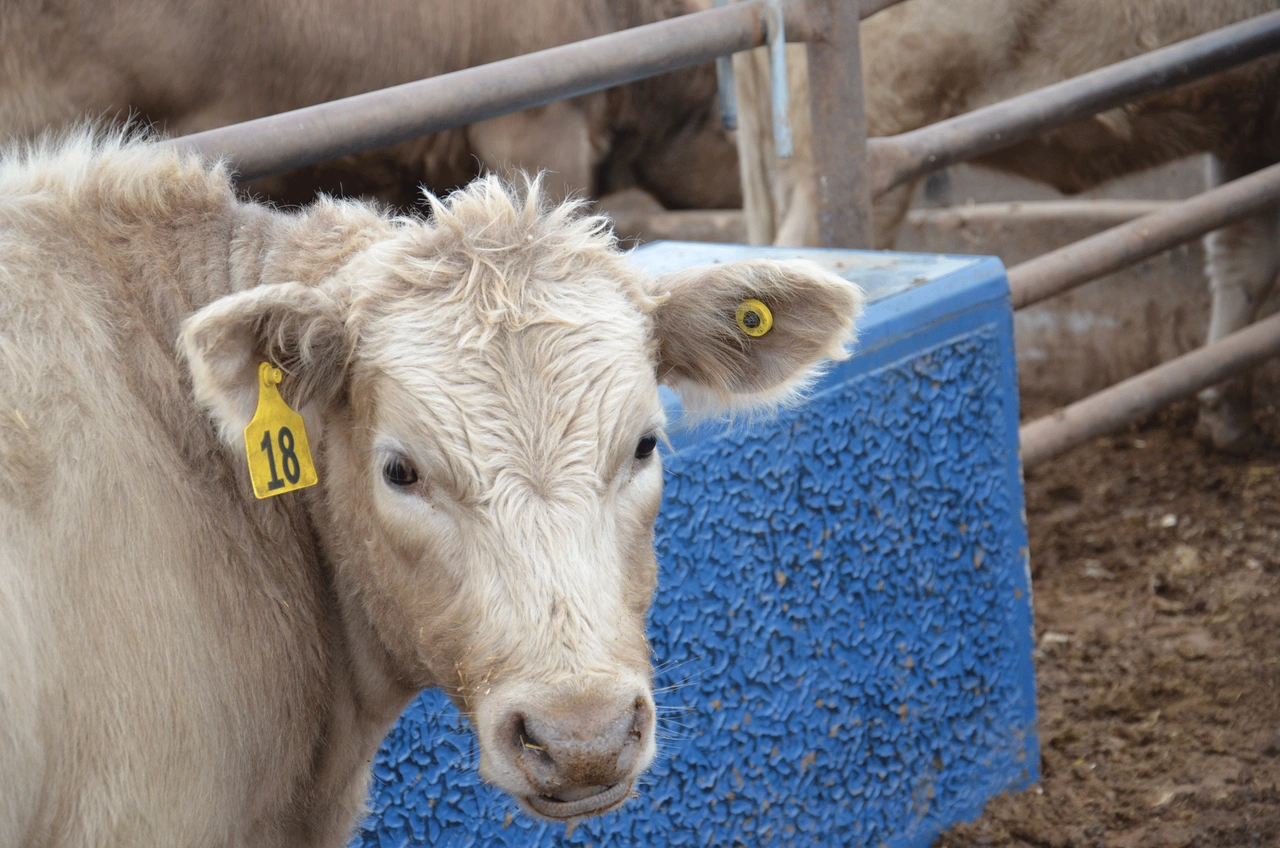
RFID in Livestock Health and Nutrition Management
RFID enables users to monitor the health and nutrition of individual livestock animals, allowing managers to detect early signs of illness and implement effective prevention and treatment measures. By collecting data on animal feeding habits, farms can rebuild appropriate nutrition regimens, ensuring healthy animal development and achieving optimal productivity.
RFID Applied to Manage Animal Lifecycles and Histories
RFID allows users to record the history and manage the lifecycle of each livestock animal through data stored in the system, such as date of birth, breed, vaccination history, etc. Furthermore, RFID also records information about reproductive cycles, breeding times, and more, thereby building a plan to improve herd quality.
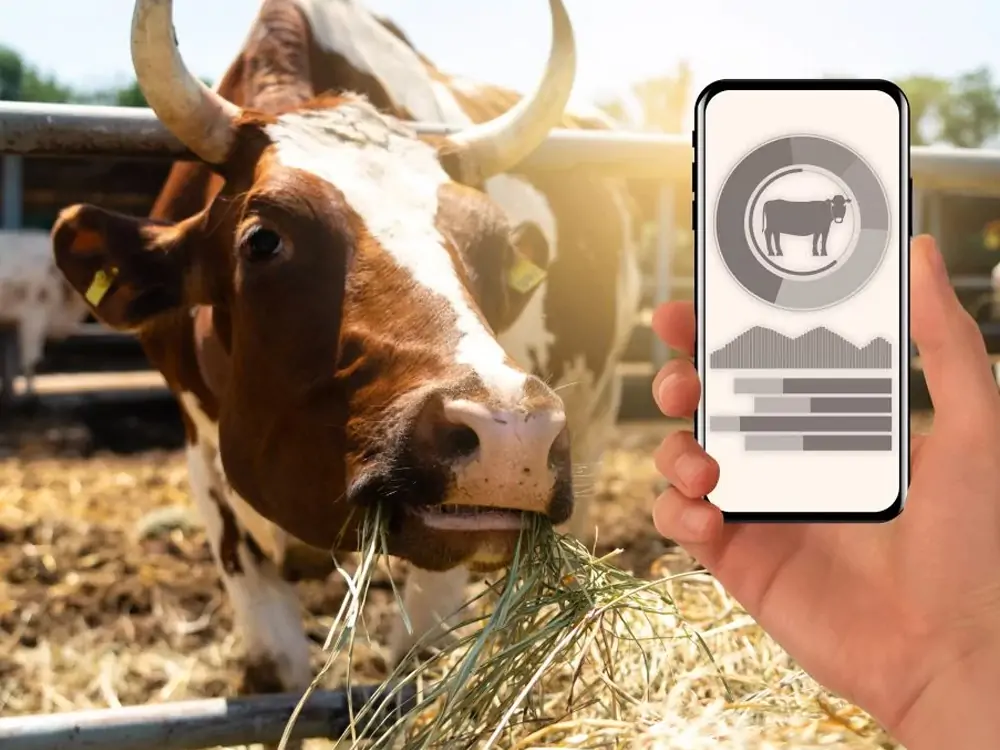
RFID in Farm Security Management
Attaching RFID tags to each livestock animal not only helps track them in real-time but also helps control the farm’s security system effectively. Any unauthorized intrusion will trigger system alerts, helping to promptly detect livestock theft.
Benefits of Applying RFID Chip Technology in Livestock Farming
As mentioned, applying RFID technology in livestock management brings many practical benefits to farms. It not only helps tightly control the history and lifecycle of animals, but also helps farms optimize time and labor costs effectively. Specifically:
- RFID helps control input costs, monitor feed, veterinary medicine, and consumable materials, thereby helping farms optimize usage, both efficiently and avoiding waste. Moreover, data in the RFID system helps units easily develop purchasing plans, manage, and monitor livestock intelligently.
- RFID tags are attached to each individual, and these tags contain information about identification codes, records, health, vaccination status, etc. This allows farm managers to easily monitor the status of each individual, thereby detecting livestock health issues early.
- The RFID system provides data on livestock activities, from input costs to sales, revenue, etc. This allows farm owners to analyze efficiency, assess risks, and make the most appropriate financial decisions.
- RFID also helps trace the origin of each individual, ensuring transparency, and minimizing legal risks or losses due to disease.
- RFID allows for tracking and locating livestock, and any movement of theirs will be detected and alerted in a timely manner, preventing theft.
- Because an RFID system is applied, livestock monitoring and management are automated, saving time, and labor costs are significantly reduced, optimizing profits for the farm.
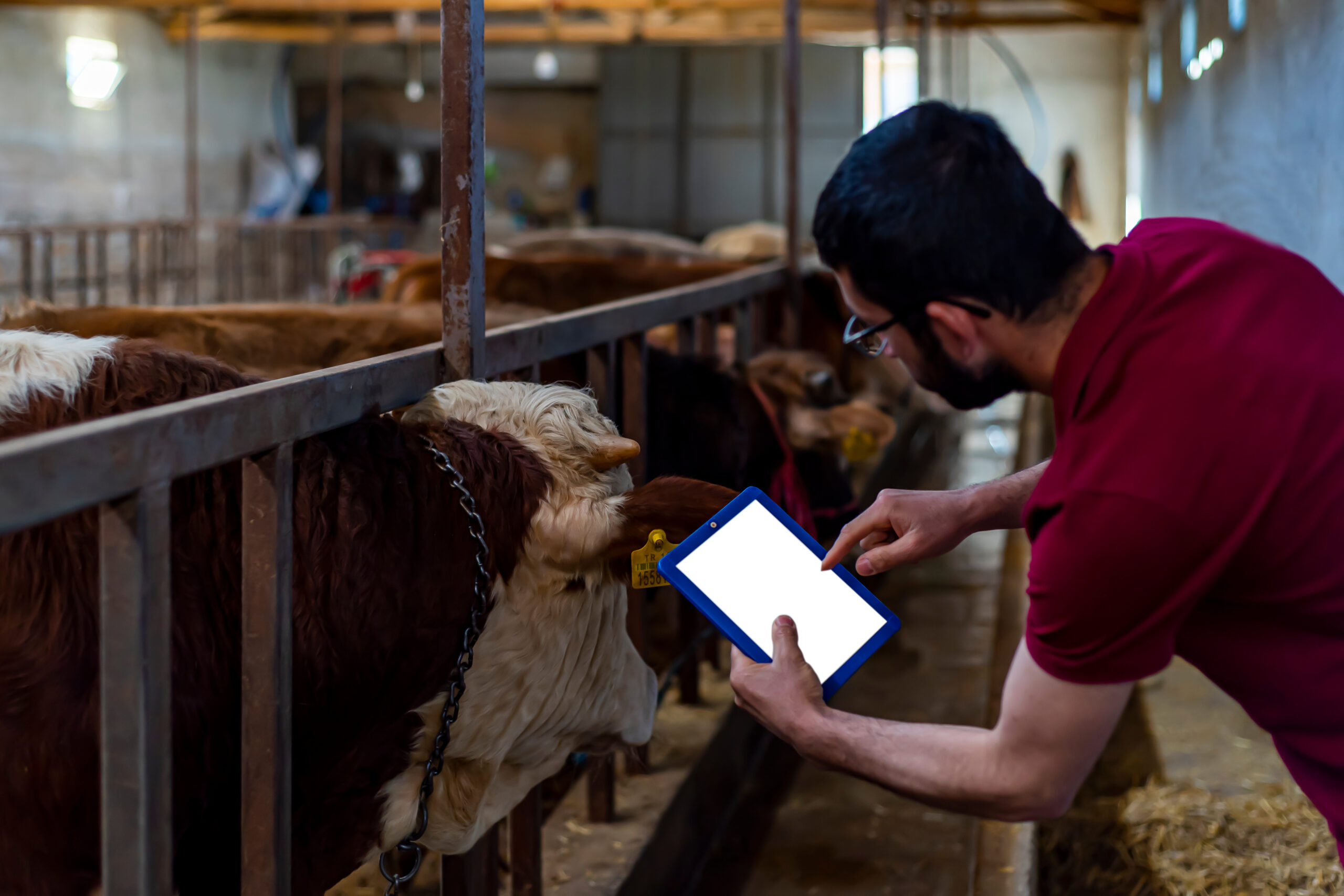
Challenges and Development Solutions for RFID in Livestock Farming
Currently, RFID technology is continuously developing and opening up many potential applications in the livestock industry. In addition to the benefits, the implementation of RFID also poses obstacles for some users.
Challenges in RFID Livestock Implementation
Currently, the implementation of RFID systems in livestock farming creates some difficulties for certain farms, especially small-scale ones. The implementation of an RFID system requires a high initial investment, including costs for RFID tags, RFID readers, management software, etc. Regarding the costs of implementing an RFID system, you can refer to the detailed article: “How Much Does RFID Cost? Tips for Optimizing Costs When Investing in an RFID System“.
In addition, the compatibility between RFID devices and management software is also a concern for many users. Furthermore, RFID security issues are also a worry for many farms today. Moreover, the livestock farming environment will have a lot of dust and high humidity, which will significantly affect the operating performance of the entire RFID system.
RFID Solutions in Livestock Farming
Accordingly, we would like to propose some solutions to enhance the operational efficiency of RFID in livestock farming as follows:
- Farms need to research and choose an RFID system that suits the scale and needs of the farm, and can invest in stages, from basic to expanded, ensuring the most suitable budget.
- Choose an RFID system that is compatible with management software, ensuring flexibility as well as the ability to expand the system in the future.
- Use highly secure management software, avoid information theft, and focus on training staff to use RFID technology in a methodical and thorough manner.
- Select RFID tags that can operate well in harsh environments and have high durability.
- Regularly check and maintain the RFID system to ensure that the system operates most stably.
IT Nam Viet – A Reputable Provider of RFID Technology Solutions in Livestock Farming
IT Nam Viet is proud to be a pioneer in the RFID field in Vietnam with over 10+ years of experience, having implemented hundreds of large and small-scale projects nationwide. We provide a diverse range of genuine, high-quality RFID tags, RFID readers, RFID printers, etc., at the best prices on the market. In addition to readily available RFID tags, IT Nam Viet also provides custom RFID label manufacturing with sizes, antennas, chip types, etc., according to customer requirements.
When you come to IT Nam Viet, you will receive dedicated consulting support from our professional team of technicians. We always listen and understand the needs of each business, thereby providing suitable RFID solutions that ensure optimal performance.
Our working process at IT Nam Viet is as follows:
- Step 1: Clearly understand customer requirements
- Step 2: Provide technology consulting
- Step 3: Select suitable solutions/products
- Step 4: Product demo
- Step 5: Provide the final system/product chosen by the customer
With an RFID system in livestock farming, farm owners can focus on operating more efficiently and have a more comprehensive view of animal history through this reliable tracking system. In particular, with RFID, the meat production and retail industry will improve productivity, optimize time, improve inventory management, facilitate product recalls in the event of contaminated shipments, and bring absolute satisfaction to customers. If you need RFID technology consulting, please contact IT Nam Viet via Hotline (+84) 962 888 179!
My name is Le Nam Viet, currently FOUNDER & CEO of Nam Viet IT Company, I graduated from Ho Chi Minh Polytechnic University. I have more than 3 years of experience providing RFID chip technology solutions, RFID scanners, barcode labels and barcode readers. It’s a pleasure to share my knowledge with readers.



 Tiếng Việt
Tiếng Việt